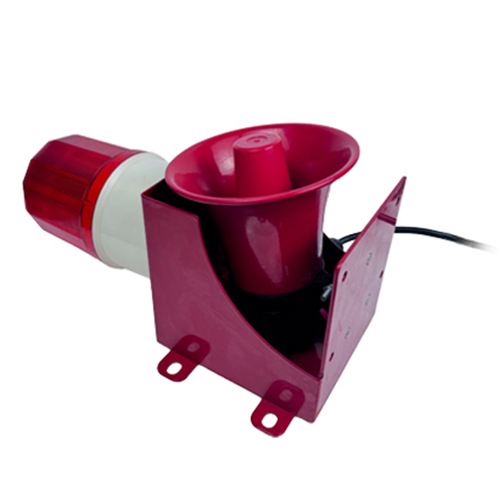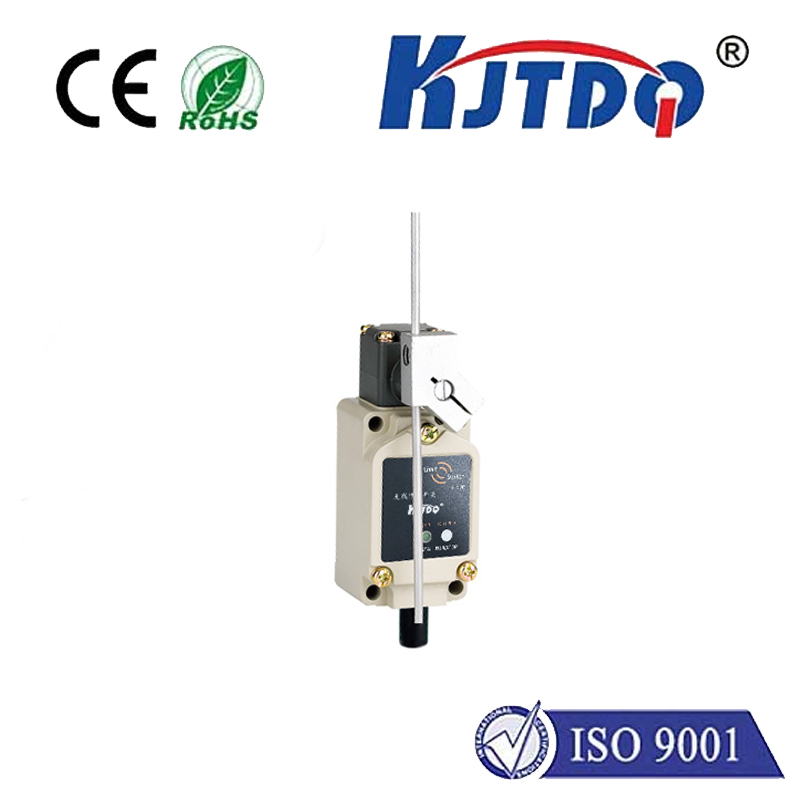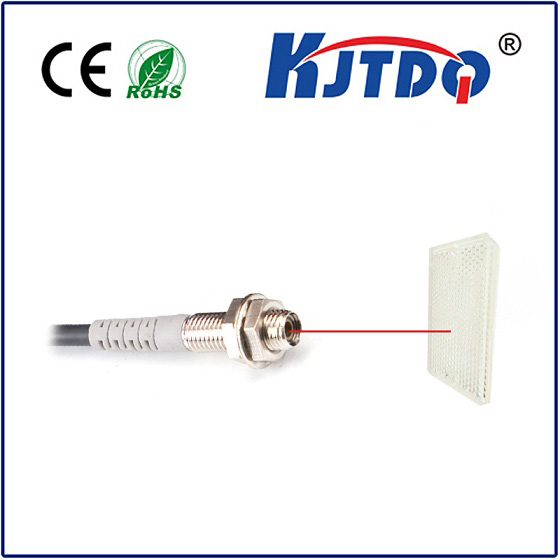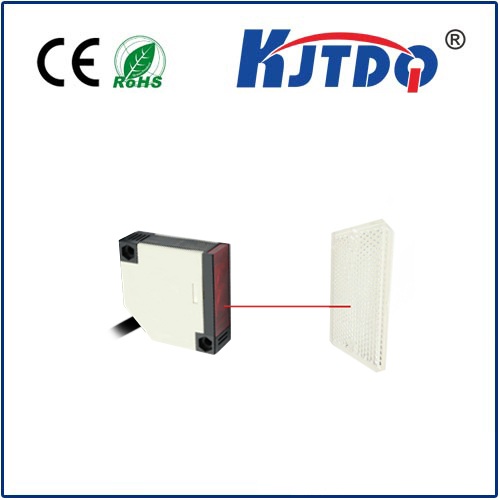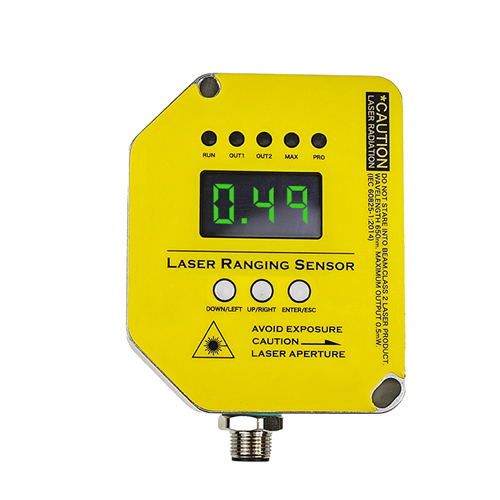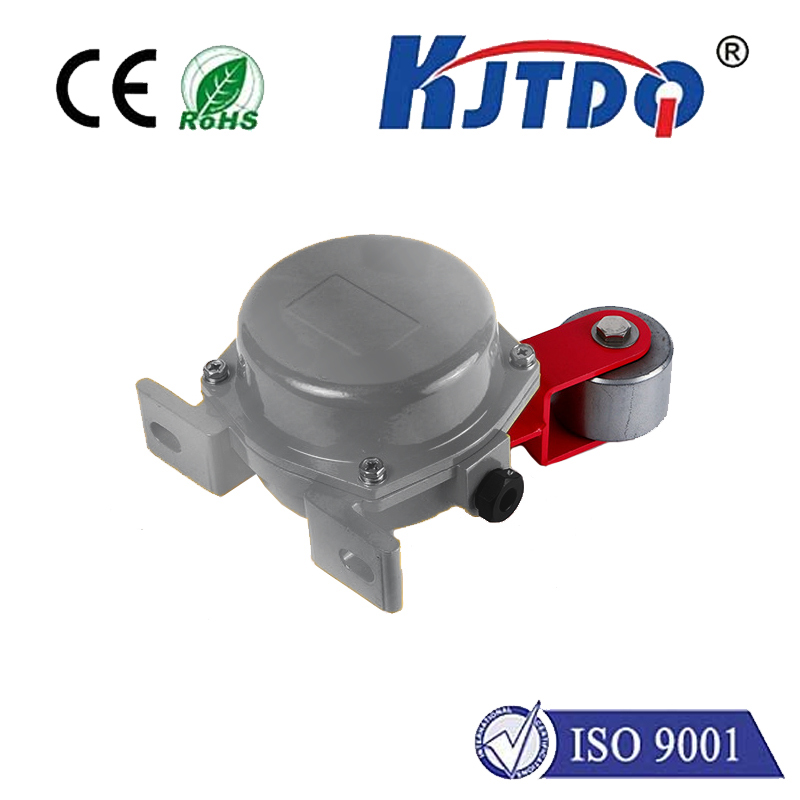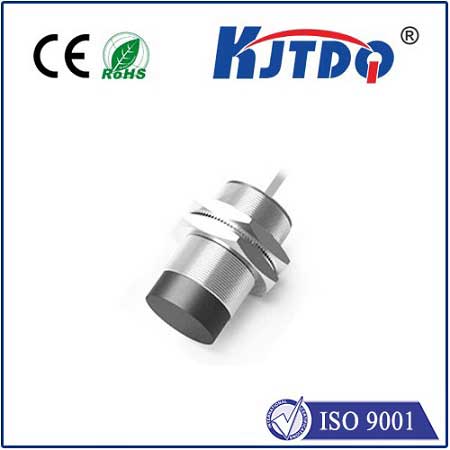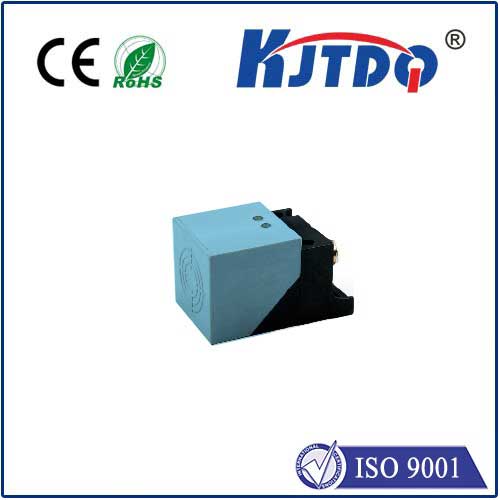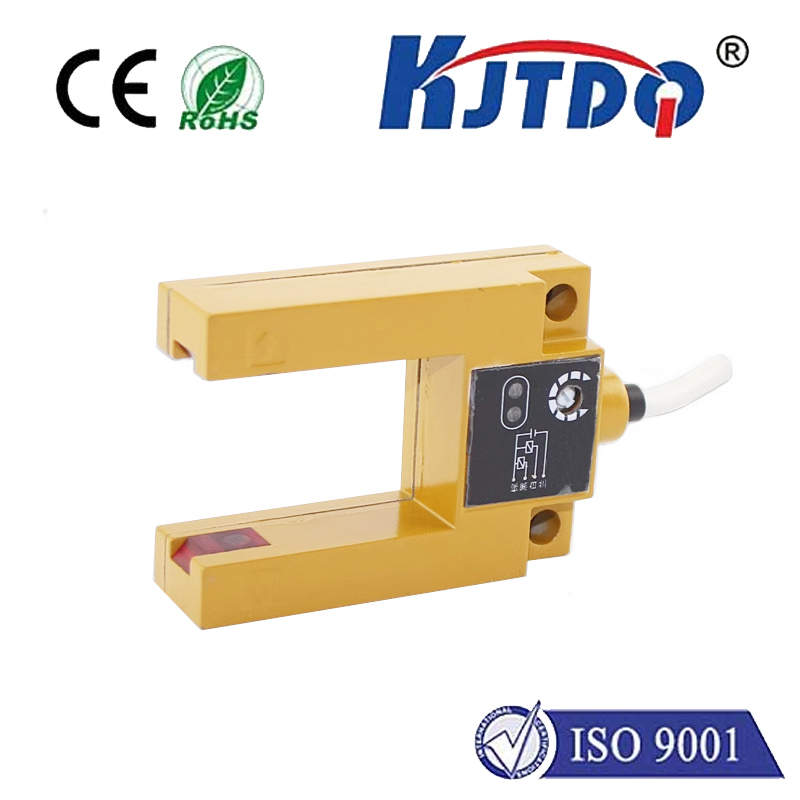intrinsically safe proximity sensor
- time:2025-06-14 02:06:45
- Click:0
Intrinsically Safe Proximity Sensors: Essential Protection for Hazardous Environments
Imagine a bustling oil refinery, a volatile chemical processing plant, or a dusty grain silo. These environments pulse with productivity but are also laced with invisible dangers: flammable gases, combustible dusts, and explosive vapors lurking in the air. Introducing any spark or excessive heat in such areas could be catastrophic. This is where intrinsically safe proximity sensors transition from mere components to critical guardians of safety and operational continuity. These specialized devices are engineered not just to detect presence or position, but to do so without ever posing an ignition risk in the most perilous zones.
Understanding “intrinsically safe” (IS) is fundamental. It’s not about building a sensor inside a heavy, explosion-proof metal enclosure designed to contain an explosion. Instead, intrinsic safety is an elegant engineering philosophy focused on prevention. The core principle is energy limitation. An intrinsically safe circuit, including the proximity sensor itself and the wiring connecting it back to the associated control equipment (like barriers or isolators located in a safe area), is designed so that the maximum electrical or thermal energy available – under normal operation and even specified fault conditions (like short circuits or opens) – is simply too low to ignite a specific hazardous atmosphere. This atmosphere is defined by its composition, temperature, and pressure.

So, how does an intrinsically safe proximity sensor actually work? At its heart, it functions like any other inductive, capacitive, or photoelectric proximity sensor, detecting the presence or absence of a target object without physical contact. However, the crucial difference lies in its internal design and the strict conditions under which it operates:
- Energy Limiting Components: Components are carefully selected and circuits are designed to ensure that currents and voltages within the sensor are kept below the critical thresholds needed for ignition of the designated hazardous group (e.g., gases like methane or hydrogen, dusts like coal or grain). This often involves using specialized Zener diode barriers or galvanic isolators in the safe-area control panel.
- Robust Design & Certification: These sensors undergo rigorous testing and must carry certification from recognized bodies like ATEX (Europe), IECEx (International), UL Class I Div 1 / Class II Div 1 (North America), or similar regional standards. These certifications explicitly state the hazardous environments (Gas Groups, Temperature Classes, Dust Types) for which the sensor is approved. Never install a non-certified sensor in a hazardous location.
- Prevention of Hot Surfaces: Materials and power levels are managed to ensure the sensor’s external surface temperature, even under fault conditions, remains below the auto-ignition temperature of the surrounding explosive atmosphere.
- Reliable Connection: Wiring practices specified in the certification (like using blue conduits for IS circuits in some regions) and proper grounding are non-negotiable to maintain the integrity of the intrinsically safe system.
The applications demanding these specialized sensors are vast, often mission-critical, and always safety-first:
- Oil & Gas: Monitoring valves, tank levels, pump positions on offshore platforms, refineries, and pipelines where hydrocarbons are present.
- Chemical & Pharmaceutical: Detecting fill levels, component positions, or machine guards in reactors, mixing vessels, and areas handling solvents or volatile powders.
- Mining: Monitoring conveyor belts, equipment positioning, and access in methane-rich coal mines or areas with combustible dust.
- Grain Handling & Food Processing: Detecting bin levels, chute blockages, or equipment status within silos, elevators, and mills filled with potentially explosive organic dusts.
- Paint & Coating: Ensuring safety in spray booths and areas with high concentrations of flammable solvents and aerosols.
- Wastewater Treatment: Monitoring equipment in digesters or enclosed spaces where hazardous gases like methane or hydrogen sulfide can accumulate.
Choosing the right intrinsically safe proximity sensor involves careful consideration of several critical factors:
- Required Certification: Precisely match the sensor’s certification (ATEX, IECEx, UL, etc.) and its specific approval markings (Gas Group, Temperature Class, Dust Type) to the exact hazardous zone classification (Zone 0/1/2 or Div 1⁄2 for gases; Zone 20/21/22 for dusts) defined for the installation location. This is paramount.
- Sensing Technology: Select the sensor type (inductive for metal, capacitive for non-metals/liquids, photoelectric for presence/absence) based on the target object and application requirements.
- Environmental Resilience: Ensure the sensor’s IP (Ingress Protection) rating suits the environment (dust, moisture, chemical exposure) beyond just the explosive atmosphere.
- Performance Specifications: Consider required sensing range, response time, output type (PNP/NPN, NAMUR, analog), and electrical requirements.
- Proper System Design: Remember that intrinsic safety is a system concept. The sensor must be used with approved and correctly matched intrinsic safety barriers or isolators installed in the safe area, and with cabling adhering to relevant standards. The entire loop’s safety rating depends on every certified component.
Why are intrinsically safe proximity sensors the preferred choice in hazardous areas? Compared to explosion-proof enclosures, IS solutions offer significant advantages:
- Enhanced Safety During Maintenance: Work can often be performed live on the sensor circuit without needing a hot work permit or powering down the entire system, because the circuit energy is inherently safe. This drastically reduces downtime and operational risk.
- Reduced Installation Costs: IS cabling (often simple, lightweight, and less expensive instrumentation cable) and conduit requirements are typically less stringent and costly than the heavy-gauge wiring and conduits mandated for explosion-proof installations.
- Lighter Weight & Smaller Size: IS sensors themselves are generally smaller and lighter than explosion-proof housed sensors, making them easier to mount and handle.
- Simpler Design Philosophy: Focuses on preventing ignition at the source rather than containment after ignition occurs.
In conclusion, intrinsically safe proximity sensors represent a sophisticated blend of sensing functionality and fundamental safety engineering. They are not merely components but vital elements of a comprehensive safety strategy in industries where explosive atmospheres are a constant reality. By rigorously adhering to the principle of energy limitation and achieving recognized certifications, these sensors provide reliable detection capabilities while radically reducing the risk of ignition. For engineers and safety professionals designing systems for Zones 0, 1, 2, 20, 21, 22, or Division 1 areas, specifying and correctly installing certified intrinsically safe proximity sensors is an indispensable step towards ensuring plant safety, personnel protection, and uninterrupted operations. Their role in preventing catastrophic events is both indispensable and profoundly impactful.












